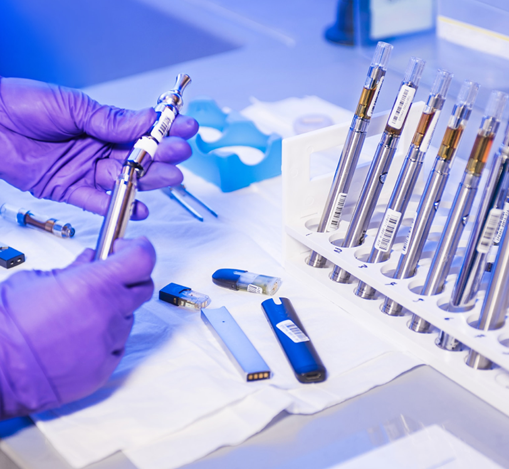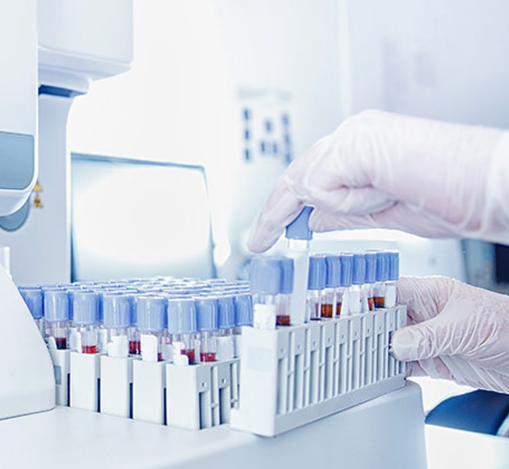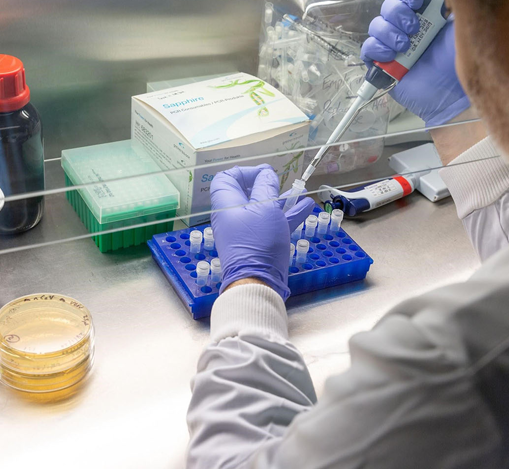The Role Of A Clinical Trial Monitor
- 15-03-2023
- 13:28:07

Clinical monitoring is the administrative and supervisory work done to keep track of a participant’s wellbeing and the effectiveness of the treatment while they are enrolled in a clinical study being conducted by clinical research sites. The National Institutes of Health (NIH) and the World Health Organization (WHO), two independent and government-run grant-funding organisations, both require data and safety monitoring protocols for Phase I and II clinical studies to meet their requirements.
-
Firstly, the clinical trial monitor must ensure that the trial is being carried out in accordance with the study protocol, ICH GCP standards, and any other applicable standards.
-
Clinical trial monitoring entails conducting various processes outlined in the study protocol, evaluating the related paperwork and source notes, and validating the informed consent process. The clinical trial site management organizations can provide the guideline required to follow.
-
Clinical trial monitoring also entails checking that all necessary documents, as listed in ICH GCP, are present and the file is current. It also involves conducting source data verification, which involves comparing the information provided by site staff on case report forms (CRFs) with source documents like patient hospital records, previous prescriptions, patient diaries, etc.
-
In order to make sure that all major adverse events, safety updates, protocol revisions, etc. are reported to the ethics committee by the sites in accordance with rules and regulations, clinical trial monitoring also entails evaluating every communication between the site and the ethics committee.
-
In order to make sure that the research drug is used in accordance with the clinical trial protocol, a monitor also supervises correct storage of the study drug and upkeep of the relevant accountability logs.
-
A monitoring visit report detailing the activities carried out at the site, any observations, findings, protocol deviations, conclusions, and actions taken, to be taken, and/or recommended to ensure compliance should be submitted to the sponsor by the monitor following the completion of the clinical trial monitoring visit.
The clinical monitor has a challenging job since they must satisfy the sponsor, who expects “productive” findings, while also fostering trusting and mutually respectful relationships with the investigator.
So, the clinical monitor must balance the duties of observation and action with demonstrating his or her availability, cooperation, and support.
Most of the time, s/he takes the initiative to solve problems.
The monitor’s primary responsibility is to confirm the accuracy of the data it has gathered. Since that so many records are now digital, it is imperative that it be determined in advance and outlined in the protocol what information is to be compared to source documents and what these documents are specifically.
Before the trial begins, it is crucial to come to an agreement on what constitutes source documents, what tactics are permitted, and exactly what the monitor must do to confirm the information.
Clinical Monitor must ensure that the trial is properly conducted and documented in order to protect the rights and wellbeing of trial participants. The investigator and his staff are the only individuals in contact with patients who are well-versed in and able to discern with sight, moods/bad moods, and useful details for reporting accurate data.
Therefore, it can be said that the role of the clinical trial monitor is that of a crucial one and requires a lot of tact and diligence.













